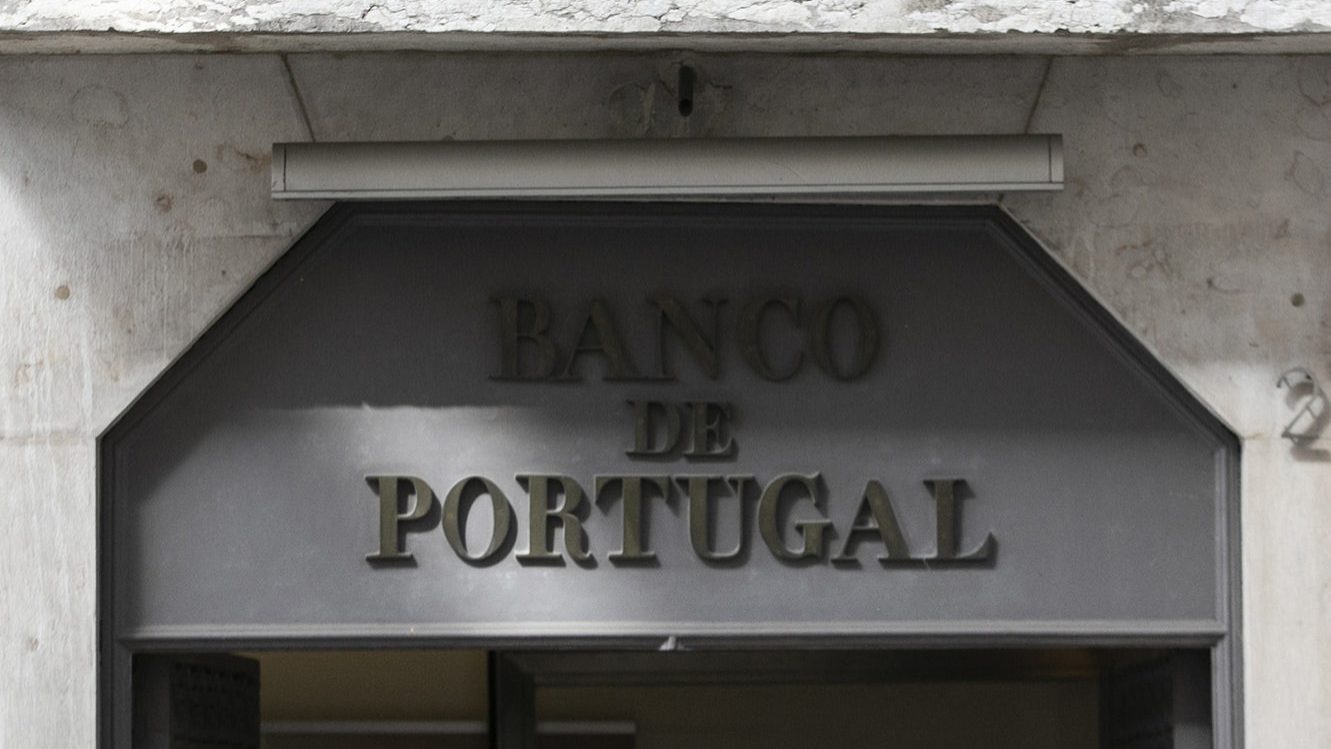Budget watchdog cuts deficit estimate to 3% of GDP in 2021, 1.6% in 2022
In the report "Economic and Budgetary Prospects 2022-2026", released on Thursday, the public finance experts update the deficit estimate for 2021, from 4.2% of GDP, released in September, to 3%.
The Portuguese Public Finance Council (CFP) has revised downwards the estimate for the deficit in 2021 by 1.2 percentage points to 3% of GDP, anticipating, in a no-policy change scenario, a reduction to 1.6% of GDP this year.
In the report “Economic and Budgetary Prospects 2022-2026”, released on Thursday, the public finance experts update the deficit estimate for 2021, from 4.2% of GDP, released in September, to 3%.
The government’s deficit target for last year is 4.3%, but finance minister João Leão has already signalled that it might come in lower than expected.
“The current medium-term budgetary scenario under invariant policies points to a path of correction of the budget deficit and a return to a balanced budget position similar to that reached one year before the outbreak of the pandemic crisis,” says the CFP report.
In a scenario of invariant policies, that is, in the absence of new policy measures and not including measures to mitigate the impact of the rise in energy prices, the institution chaired by Nazaré Costa Cabral estimates a budget deficit of 1.6% of GDP this year.
Explaining this development are “the reversal of almost all of the fiscal policy measures in response to Covid-19 adopted in 2021 and estimated at 2% of GDP,” as well as “a slowdown in economic growth.”
For 2023 and 2024, it projects the continuation of a trajectory of reduction of the budget deficit, to 0.6% and 0.1% of GDP, estimating, from 2025 onwards, “a stabilisation of the budget balance”.
“The return, from 2022 onwards (inclusive), to a trajectory of primary surpluses interrupted in 2020 and 2021 contributes to this evolution”, it justifies.
However, it warns that “the increase in inflationary pressures compared to previous projection exercises of the CFP may confer a determining change to the evolution trajectory of some budgetary variables”.
“An inflation phenomenon not fully anticipated tends to benefit public accounts in the very short term. This is especially the case in 2022, a year for which economic entities may not immediately adjust their consumption and investment decisions, benefiting tax revenue, particularly in taxes levied on the consumption of economic entities,” it states.
Regarding the weight of debt, the CFP estimates a reduction until the end of 2026, reaching 102.7% of GDP. This represents a decrease of about 25 p.p. of GDP compared to 2021, expecting a drop to 120.2% of GDP this year and to 115% in 2023.
However, the CFP points out that there are risks such as “the possibility that, in the event of the debtor’s default, the contingent liabilities related to the credit lines with state guarantees may materialise in a higher amount of expenditure” than expected, as well as “the possibility that TAP may benefit from financial support additional to that approved under the Restructuring Plan”.
It also indicates “the possibility of using the remaining amount of €485 million under the Novo Banco Contingent Capitalisation Agreement”, as well as “budgetary pressures on current primary expenditure (namely on staff costs, pensions and related to private partners’ claims under PPP projects)”.
“In the opposite direction, growth in social contributions higher than that of wages (as has been observed in the most recent period), greater elasticity of tax revenue vis-à-vis the tax bases, lower implementation of public investment supported by national financing or less marked growth in social benefits may translate into a more favourable evolution than that projected for the budgetary balance over this time horizon,” it indicates.


